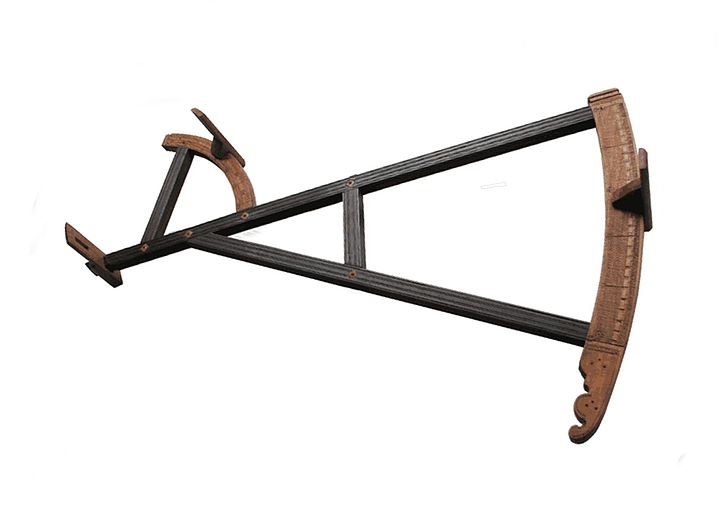

ARCTIC ARCHIPELAGO - Early Explorers
John Davis
On his first arctic voyage, Davis sailed from Dartmouth in June of 1585; his two ships were the Sunneshine (50 tons) and the Mooneshine (35 tons). Other than finding the strait named after him, Davis Strait, there is not much to account for in this first voyage. (See Map)
On his second arctic voyage, in 1586, Davis started out with a fleet of four ships. Detaching from his other ships, Davis, in his Mooneshine, explored the strait between the western shores of Greenland and the eastern shores of lands further west, then, not much known about. "Crossing to the west side of the strait, the Mooneshine continued alone until stopped by ice at roughly 67°N ..." From there, Davis sailed south to about 54°30´N (Hamilton Inlet)."1
Davis set sail again, in May of 1587. He returned that September. "He had charted long stretches of the Greenland, Baffin, and Labrador coasts (See Map), had made careful observations of ice conditions, terrain, rock formations, weather, vegetation, and animal life. His description of the Inuit (Eskimos) is one of the earliest, and certainly one of the most accurate and sympathetic accounts of their habits of life."

Larnder continued in her short biography:
"In 1591 he joined the expedition of Thomas Cavendish who was attempting his second circumnavigation of the globe. It was agreed that once the Straits of Magellan were cleared, Davis and his ship would be released to continue exploration up the 'backe side of America' in search of the western entrance of the passage. The expedition was a disastrous failure, its only achievement being Davis’s discovery of the Falkland Islands."Davis continued in his adventures on the High Seas, including chasing pirates off the "east coast of Malaya." In 1605, he was killed by one of them.
Davis, in the course of his career published Seaman’s Secrets (1599). It became a mariner’s handbook. In it he set forth a practical course in simple navigation. "He invented the backstaff, or Davis quadrant, which remained the approved instrument for determining latitude until the introduction of the reflecting quadrant in 1731. His treatise The World's Hydrographical Description (1595) provided a masterly summary of the geographical knowledge of his time, particularly in relation to the northwest passage. It has been rightly said of him that, in his arctic discoveries, he lighted Henry Hudson into his strait and William Baffin into his bay.
_______________________________
1 Larnder, DCB.
Peter Landry
2015